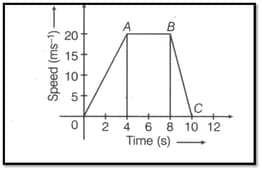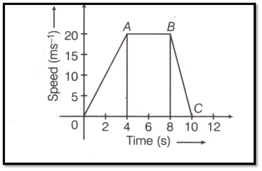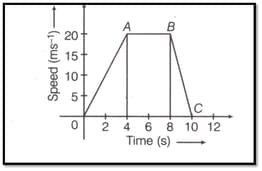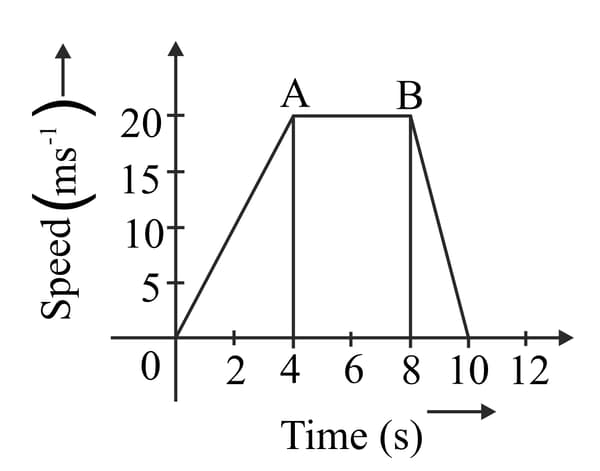Mansi Garg and Jitendra Kumar Solutions for Chapter: Laws of Motion, Exercise 4: CHAPTER EXERCISE
Mansi Garg Physics Solutions for Exercise - Mansi Garg and Jitendra Kumar Solutions for Chapter: Laws of Motion, Exercise 4: CHAPTER EXERCISE
Attempt the practice questions on Chapter 3: Laws of Motion, Exercise 4: CHAPTER EXERCISE with hints and solutions to strengthen your understanding. All In One ICSE Physics solutions are prepared by Experienced Embibe Experts.
Questions from Mansi Garg and Jitendra Kumar Solutions for Chapter: Laws of Motion, Exercise 4: CHAPTER EXERCISE with Hints & Solutions
If a net horizontal force of is applied to a person with mass who is resting on the edge of a swimming pool, what horizontal acceleration is produced?
A certain force exerted for raises the speed of an object from to . Later, the same force is applied for . How much does the velocity change in ?
A bus starts from the stop and take to get the speed of . If the mass of the bus along with the passengers is , calculate the force applied by the engine of the bus to push the bus at the speed of .
A constant force acts on an object of for a period of . It increases the velocity of an object from to . Find the magnitude of the applied force. Now, if the force was applied for a period of , what would be the final velocity of the object?
The speed-time graph of a car of mass is given. On the basis of this, answer the following question.

What is the maximum force acting on the car?
The speed-time graph of a car of mass is given. On the basis of this, answer the following question.

What is the retarding force acting on the car?
The speed-time graph of a car of mass is given. On the basis of this, answer the following question.

For how long is no force is acting on the car?
The speed-time graph of a car of mass is given. On the basis of this, answer the following question.

What is the velocity of the car from to ?
